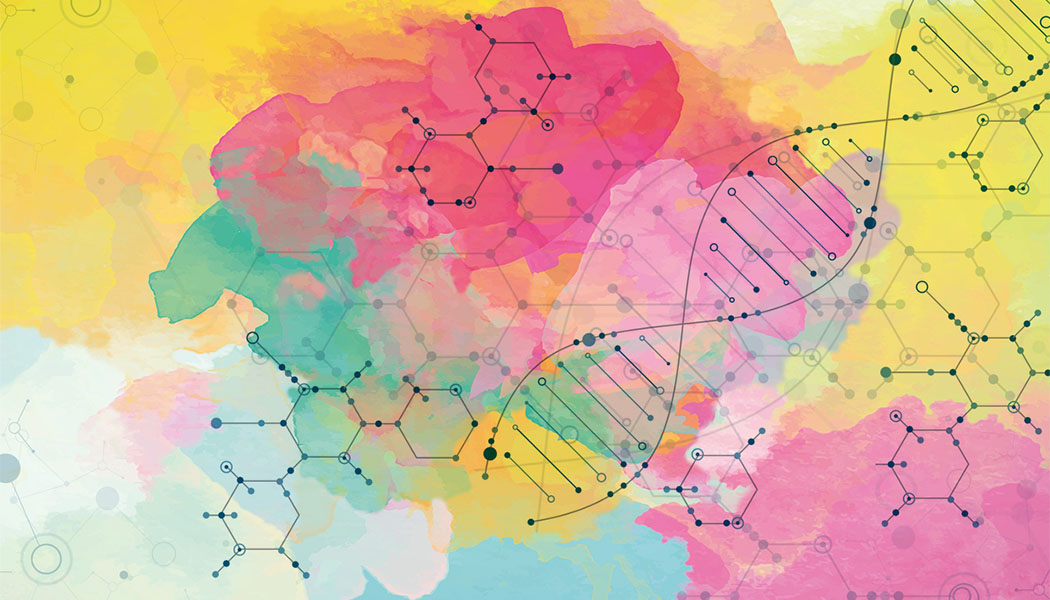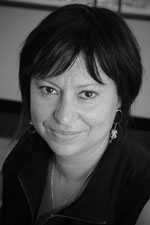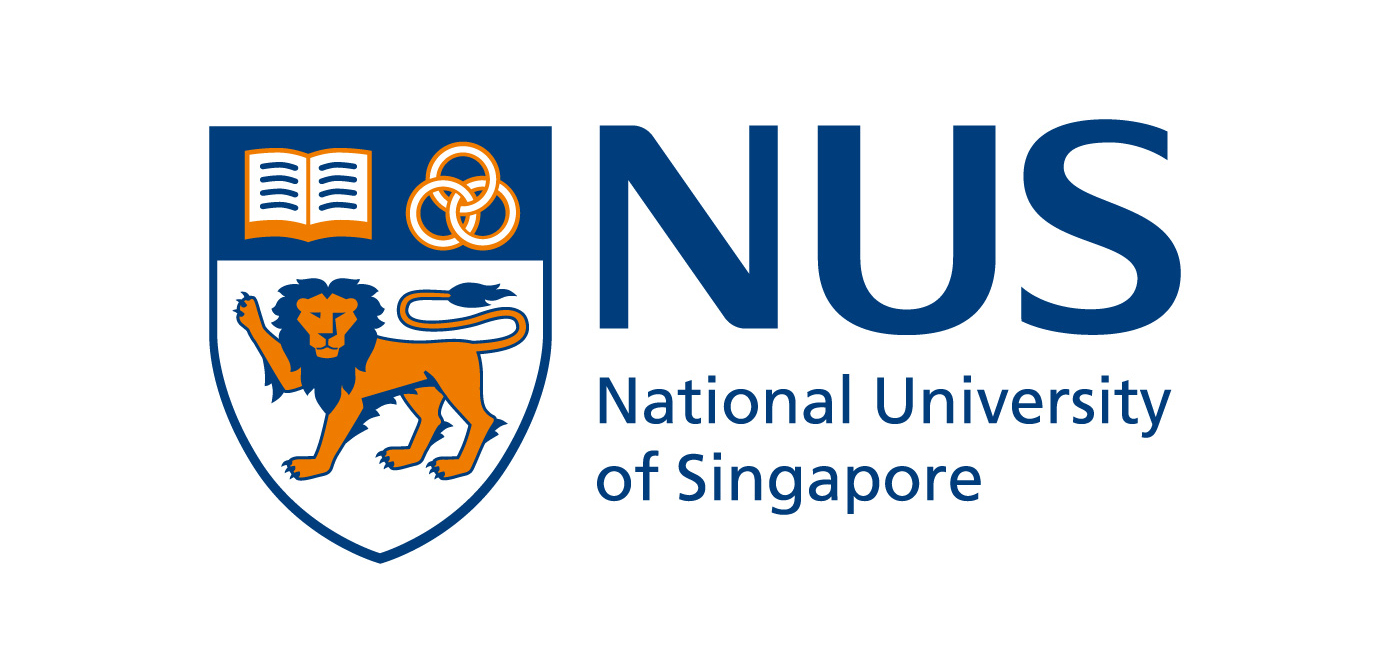A research project initiated in collaboration with NUS – National University of Singapore.
It is with great pleasure that RUFA actively collaborates in the scientific project “Exploring object visualization abilities in artistic domains“. The project is undertaken by Associate Professor Maria Kozhevnikov (Principal Investigator) and her laboratory at the National University of Singapore (NUS) jointly with Harvard Medical School.
This research intends to understand the type of visualization skills and creativity dimensions that might be important for success in different professions.
The main goals of the project are 1) to explore the relationship between different types of creativity (artistic, scientific) and different types of visualization abilities (e.g., spatial visualization abilities, object visualization abilities, i.e., abilities to imagine color, shape, and texture); and 2) to investigate which visualization skills and creativity dimensions can predict success in different disciplines (e.g., painting, sculpture, architecture, science, engineering). For decades, visual-spatial ability has been considered a homogeneous abi, all-or-noned the same spatial visualization ability assessments have been used to predict success in both visual arts and sciences. Recent neuroscience research, however, revealed that there are two different types of mental imagery (visualization) subserved by different parts of the brain, which relate to two different types of visual information processing or visual intelligence, object and spatial, respectively. While object visual intelligence reflects a more “holistic” type of visual processing related to the visualization of objects and scenes in terms of shape, color, and detail, spatial intelligence is a more analytical and sequential (attention-based) type of visual processing related to visualization of spatial relations and imagining spatial transformations. While spatial visualization was shown to be important for success in scientific disciplines, object visualization was shown to be an essential predictor of success in various artistic fields.
Furthermore, object visualization ability also appeared to be composed of relatively independent sub-abilities – visualization of color, shape, and texture. Dr. Kozhevnikov’s lab developed unique instruments to assess these different components of obiect visualization ability, which are currently used worldwide. The proposed project on “Exploring creativity and visualization dimensions” looks for further differentiation of the roles of different visualization abilities in different artistic professions. Based on our previous studies, we expect a different combination of visualization skills important different artistic disciplines. Our preliminary results showed that sculptors have high spatial visualization ability as well as a high ability to imagine shapes but not color. This is in contrat to painters, who have high abilities to visualize color, shape, and texture but not high spatial visualization ability.
From a methodological perspective, the project will involve administering students of different artistic specializations one-hour battery of online tests assessing different components of spatial and object visualization abilities (e.g., the ability to visualize spatial relation, color, texture, and shape) as well as self-report questionnaires assessing their preferences in information processing (object vs. spatial, holistic vs. serial). All the assessments included in the battery are standardized instruments, validated by Dr. Kozhevnikov’s lab in previous studies and widely used worldwide. The unique aspects of this project, however, will be in profiling artists of different specializations using these assessments to understand which combination of their visualization skills contributes to their creativity and success in the field.
The project will be undertaken by Dr. Kozhevnikov’s lab at the National University of Singapore and Harvard Medical School. The project will also involve the laboratory of Dr. Laura Piccardi at the Department of Psychology of the Sapienza University, who will supervise the part of the project related to the administration of the online tests to scientists, engineers and architecture students at the Sapienza University, and Dr. René Angeramo, psychologist psychotherapist, Head of the Guidance and Counselling office, scientific referent for the part of the project involving RUFA.
Would you like to take part in the research project and be tested?
Contact our team now at: orientamento@unirufa.it.
For more details, contact the RUFA scientific representative: rene.angeramo@unirufa.it
About Maria Kozhevnikov
Maria Kozhevnikov’s research focuses on examining neural mechanisms of visual imagery as well as in exploring the ways to train visualization abilities. In particular, she examines how individual differences in visualization ability affect more complex activities, such as spatial navigation, learning and problem solving in mathematics, science and art. In addition, she explores ways to train mental imagery skills and design three-dimensional immersive virtual environments that can accommodate individual differences and learning styles.
Maria received her PhD from Technion (Israel) jointly with UC Santa Barbara. Since 2001, she held faculty positions at Rutgers and George Mason Universities. During 2005-2007, she has served as a Program Director for the Science of Learning Centers Program at the US National Science Foundation. Maria’s current primary appointment is as an Associate Professor of Psychology at the National University of Singapore. She also holds positions as Visiting Associate Professor of Radiology at Harvard Medical School, Martinos Center for Biomedical Imaging and as Associate in Neuroscience at Massachusetts General Hospital.
PARTNERS



